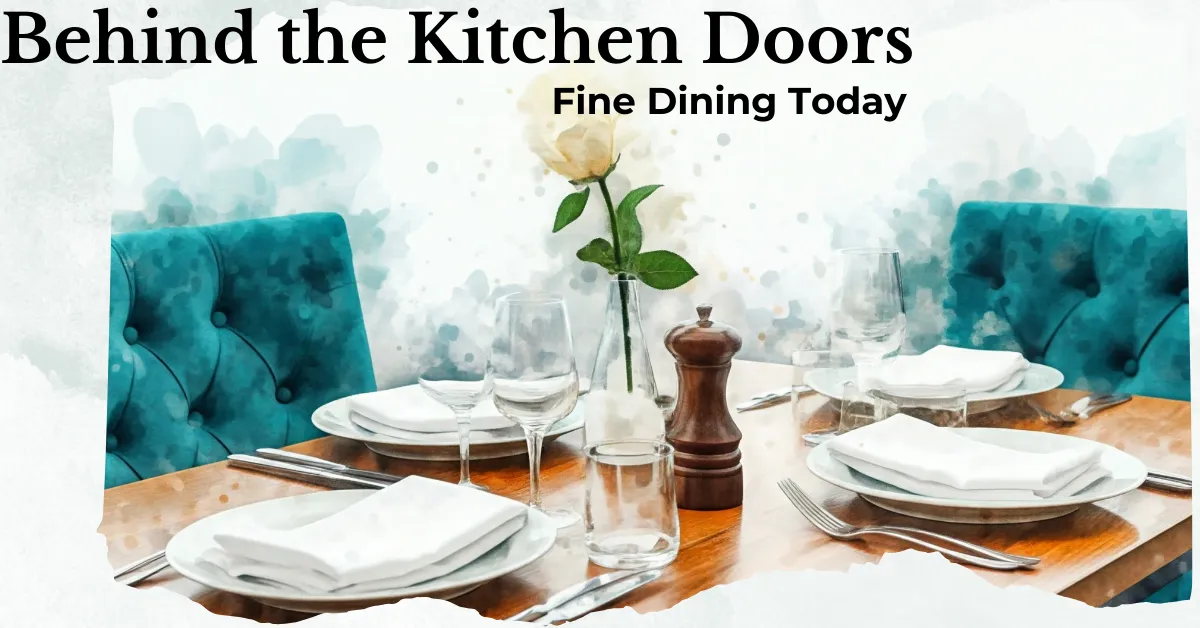You can unsubscribe at any time. For more details, review our Privacy Policy.
Fine Dining Today
A Familiar Scene
You and your significant other decide to treat yourselves to a special evening out. The table is booked at a cozy, upscale restaurant—a place known for its fine dining experience. As you sip on a glass of wine and anticipate the first course, have you ever wondered what’s happening behind the kitchen doors? The world of fine dining, as refined as it may seem on the surface, is undergoing profound challenges and transformations.

The Annus Horribilis (2020, for those who live under a rock) left an indelible mark on the fine dining sector, forcing restaurants to confront a myriad of challenges that threaten their very existence. With changing consumer behaviors, rising inflation, and declining purchasing power, the traditional model of high-end dining is in dire need of reinvention. This article explores the current state of fine dining, its potential pitfalls, and the innovative approaches necessary for survival and growth.
The Shifting Landscape of Fine Dining
A full house one day, but only four tables occupied the next. Or they don’t come to the restaurant, but do not cancel. This is not sustainable in any way…
The pandemic profoundly affected consumer behaviors, reshaping the way people approach dining experiences. Customers now:
- Organize outings on short notice.
- Are increasingly spoilt for choice with diverse dining options.
- Frequently engage in no-show behavior, causing disruptions for restaurants.
To counteract this, many establishments have started requiring credit card details at the time of reservation. While this addresses no-shows, it fails to tackle the deeper challenges within the industry. For instance, the erratic customer flow—”a full house one day, but only four tables occupied the next”—has led to the closure of numerous fine dining establishments, including some highly regarded ones.
Inflation and Declining Purchasing Power
Inflation has emerged as a significant factor in the struggles of fine dining. Rising costs of ingredients, energy, and labor have placed immense pressure on restaurant margins, while declining purchasing power has made customers more price-sensitive.
For example, the cost of a fast food meal for one person can range from €8 to €12, whereas dining at a mom-and-pop restaurant may average €25-€40 per person. High-end restaurants, on the other hand, often charge upwards of €100-€200 per guest for a tasting menu. As a result, customers increasingly opt for more affordable alternatives, leaving fine dining establishments with dwindling patronage.
Additionally, economic uncertainties have driven a shift in priorities. Diners now seek value beyond the meal itself, favoring unique experiences or concepts that justify the premium price tag.
The Need for Reinvention
Now consider this: with budgets tightening and priorities shifting, fine dining must adapt to offer more than just a meal—it must become an experience worth the splurge. Unlike hotels and other hospitality players that have embraced innovation, fine dining restaurants often face significant barriers to reinvention:
- Limited Financial Resources: High operational costs leave little room for investment in cutting-edge culinary techniques or experiential dining concepts.
- Human Resource Challenges: A shortage of skilled personnel—stemming from young people’s declining interest in the profession and a lack of training—exacerbates the struggle to maintain consistent quality.
This stagnation has opened the door for ambitious culinary projects that challenge traditional fine dining models. Concepts like Eatrenalin combine gastronomy, immersive décor, and entertainment, offering diners a multi-sensory experience that fine dining restaurants often struggle to replicate.
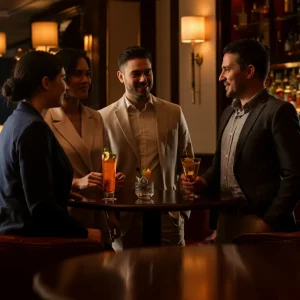


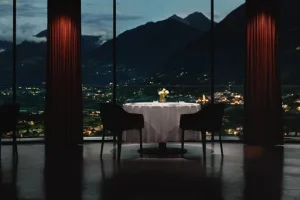

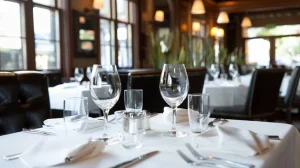
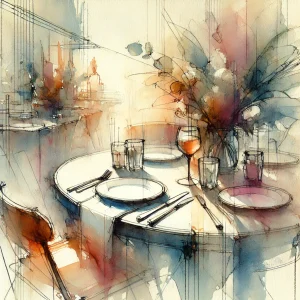



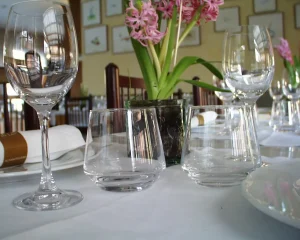
Solutions for a Sustainable Future
To thrive in this evolving landscape, fine dining establishments must adopt a strong, contemporary concept supported by business-oriented management. Key strategies include:
- Understanding and Engaging with Customers:
- Conduct market research to identify customer preferences.
- Use social media and digital platforms to connect with audiences and build loyalty.
- Innovative Concepts:
- Create dining experiences that go beyond food, integrating elements like storytelling, art, or interactive components.
- Embrace trends such as sustainability, farm-to-table sourcing, and cultural fusion to stay relevant.
- Economies of Scale:
- Develop scalable concepts that allow for expansion while maintaining quality.
- Establish partnerships or chains to share resources and reduce costs.
A notable example is the Igniv chain by Andreas Caminada. Based on the principle of “we love to share,” this concept emphasizes communal dining and has successfully expanded to multiple locations, earning rave reviews from customers and critics alike.
Fine dining faces an uncertain future amidst economic challenges and shifting consumer behaviors. However, by embracing innovative concepts and adopting business-oriented management strategies, restaurants can not only survive but thrive. It’s time for fine-dining establishments to reimagine their models, connect with consumers on a deeper level, and redefine luxury in the hospitality sector.
As we navigate through this period of unprecedented change, it is crucial for restaurateurs to look forward, experiment with new ideas, and embrace technologies that can revitalize the industry. Only then can fine dining reclaim its throne as the epitome of culinary excellence, offering an unparalleled experience that caters to modern tastes and expectations.
A Look Ahead
Now imagine yourself back at that cozy table, your significant other/better half across from you, and the hum of the restaurant filling the air. The exquisite dishes you’re about to enjoy are not just products of culinary mastery but also the results of a delicate balancing act—a business striving to adapt and innovate in an ever-changing world.
As you savor each bite, you may find yourself appreciating the intricate ecosystem that makes such an experience possible. From the careful sourcing of ingredients to the creative minds crafting unique concepts, fine dining is a testament to resilience and reinvention. Thanks to insights like these, shared by le Luxure, your next fine dining experience might just taste a little richer.
And remember, “going out for dinner” is not really about food -or at least it should not be- dining out is about more than just what comes on your plate —it’s about creating memories and fostering connections.
Dining out becomes an art form when viewed through the lens of memory-making. Each dish consumed in the company of loved ones or cherished friends becomes a thread in the tapestry of shared experiences—a mosaic painted with laughter, conversation, and the occasional moment of silence, all underscored by the warmth of human connection.
When we choose to dine out, let us remember that food serves as more than sustenance—it becomes the vehicle through which we create unforgettable moments. By focusing on the connections forged over shared plates and stories, we elevate dining from a mere meal into an experience worthy of being treasured and recounted for generations to come.
And we need restaurants for that… Restaurants, after all, are the canvas upon which these memories are painted, essential to preserving the culture of dining that we cherish.




